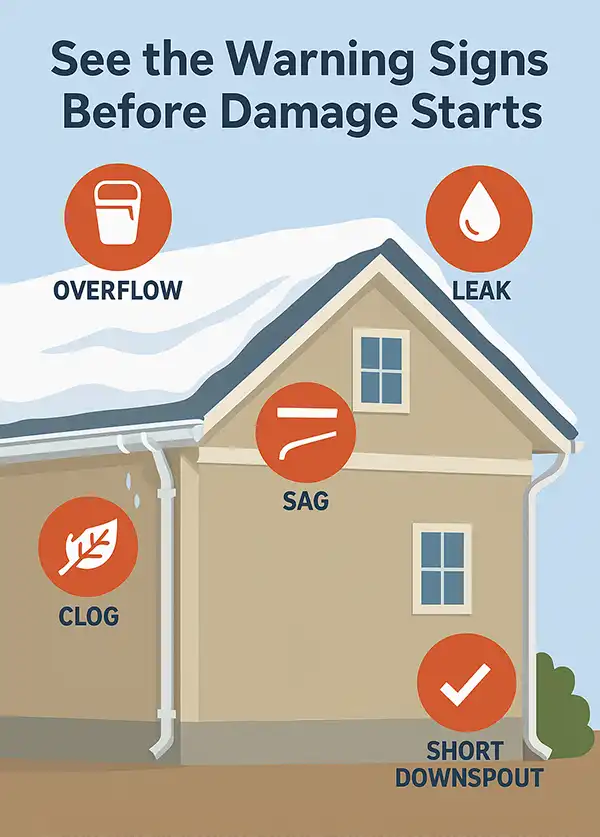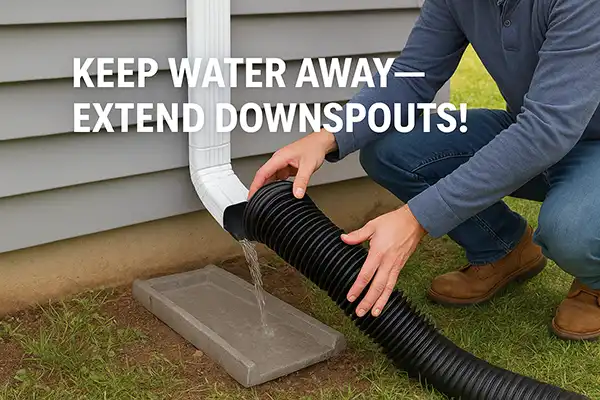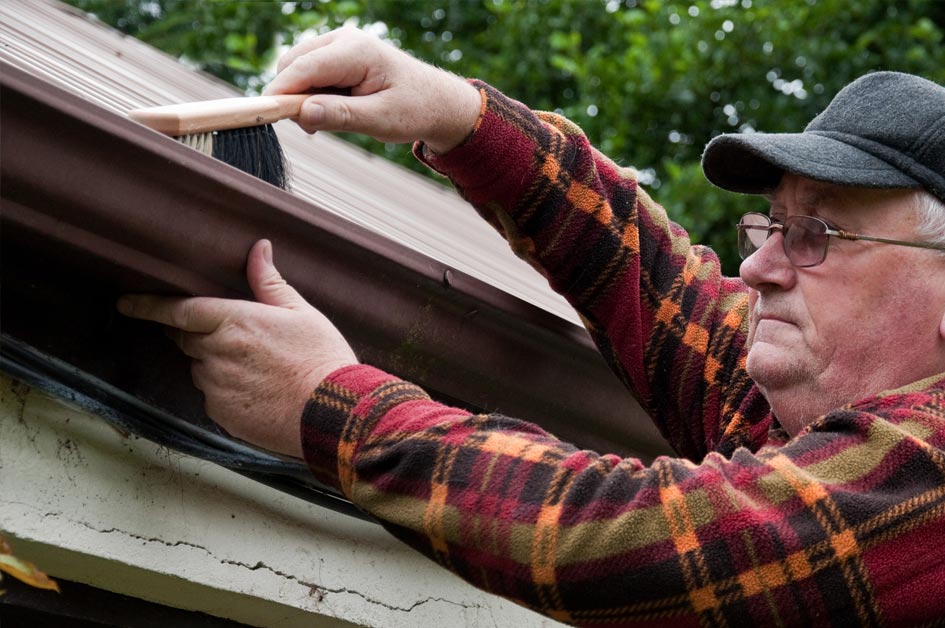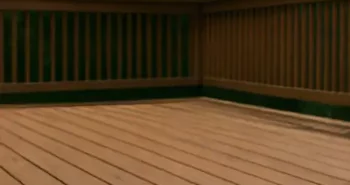Quick Overview: Common Gutter Problems and Easy Fixes

To avoid roof and foundation problems caused by failing gutters, make sure to:
- Clean gutters regularly to prevent clogs and overflow
- Tighten or replace loose hangers causing sagging
- Seal cracks or leaks before they spread
- Extend downspouts to move water away from your foundation
With regular maintenance and quick attention to small issues, your gutters will protect your home year-round.
Gutters play a crucial role in moving water safely away from your home. When they’re neglected, rainwater spills over the sides, soaks into the ground, and can cause foundation damage or basement flooding. Regular inspections twice a year—especially after spring pollen and fall leaves—help prevent most problems before they start.
If you’re not sure how gutter upkeep fits into overall home care, you can follow our winter home maintenance checklist to keep your entire exterior system running smoothly through the seasons.
Blocked Gutters
Clogged gutters are the most common issue homeowners face. Leaves, twigs, and roof debris block the water flow, forcing runoff to spill over and collect near your home’s foundation. Over time, this pooling water can cause erosion and seepage. The solution is simple: clear debris regularly and flush gutters with water to keep them flowing freely.
Adding gutter guards is one of the easiest long-term solutions to avoid buildup. For more details, check out the different types of gutter guards and how each can help reduce future maintenance.
Sagging Gutters
When gutters begin to sag, it usually means hangers or screws have loosened or pulled away from the fascia. This causes water to sit instead of draining, increasing pressure on the system. Tightening or replacing the hangers fixes the issue in most cases, but if the wood beneath is rotted, it’s best to call a professional for proper repair.
Heavy snow or ice can also make gutters sag over time. If you’ve dealt with winter damage before, you may want to learn about how snow and ice affect a roofing system and how to protect gutters from added weight.
Leaking Gutters
Leaking gutters may not seem urgent, but even small cracks or gaps can let water seep into siding and walls. Seal minor holes with a gutter sealant and replace damaged sections that no longer hold together. Checking seams and corners regularly helps you stop small leaks before they cause bigger issues.
If leaks persist after multiple repairs, the problem may be part of a larger roof drainage issue. Learn more about the basics of a home roofing system to understand how water should flow from your roof into your gutters without causing overflow or leaks.
Poor Downspout Drainage

Downspouts that end too close to the house can undo all the work your gutters do. Make sure they extend at least four to six feet away from the foundation. Extensions and splash blocks help move water safely outward, preventing soil erosion and basement leaks. According to FEMA, ensuring that gutters and downspouts divert water at least several feet away from your home’s foundation is one of the most effective ways to prevent basement flooding.
In older homes, this problem often leads to serious water pooling near the base of the structure. When that happens, it’s worth scheduling an inspection or even a roof repair to check for hidden drainage or flashing issues.
Improper Gutter Slope
A properly installed gutter has a slight angle that allows water to flow toward the downspouts. If that slope is off, water will collect and overflow instead of draining. Adjusting the pitch requires precision, so if you notice standing water after rain, consider having a professional realign the system to restore the correct flow.
During the same visit, ask your contractor to evaluate attic ventilation or insulation, which often contributes to roof and gutter performance. The U.S. Department of Energy explains that balanced attic ventilation improves roof efficiency and helps prevent moisture buildup that can damage gutters and soffits over time. See our guide on how to choose the right ventilation for your roof to help your entire exterior system work together efficiently.
Storm or Weather Damage
Strong winds, hail, or heavy snow can dent sections, loosen hangers, or cause misalignment. After any major storm, inspect your gutters for visible damage or separation from the fascia. Fixing minor issues quickly prevents them from spreading to nearby siding, roofing, or foundation areas.
If you’ve recently had a severe storm or hail event, follow our advice on what to do following a hailstorm to spot signs of damage across your roof and gutters before leaks appear.
Joint Separation
Over time, joints between gutter sections may weaken or pull apart. This is especially common in older systems or those under frequent freeze-thaw stress. Clean the area, apply sealant, and clamp the sections together until secure. If separation continues, replacement may be the longer-term solution.
Regular inspections during seasonal cleaning can help identify these weak spots before they cause leaks or overflow. For guidance on maintaining other parts of your home’s exterior, see our important maintenance tips for keeping your siding, roofing, and gutters performing their best.
Preventing Future Gutter Problems
Prevention is the best fix. Clean your gutters twice a year, check hangers and seams regularly, and make sure downspouts direct water away from your home. Adding guards helps but doesn’t eliminate the need for cleaning entirely. The National Association of Home Builders recommends seasonal gutter maintenance as one of the most important habits homeowners can develop to extend system lifespan and reduce long-term repair costs. Periodic inspections from a roofing or exterior contractor ensure your system stays in top shape.
Final Thoughts: Keep Your Gutters Flowing Smoothly
Taking care of your gutters isn’t just about looks—it’s about protecting your home’s structure. A few hours of maintenance can prevent thousands in water damage repairs. Whether you need a quick repair, a new installation, or advice on gutter guards, First Star Exteriors is here to help. With over 25 years of family-owned experience, we provide honest guidance, dependable service, and fast turnaround times. Contact us today for a free inspection or quote and keep your home protected through every season.





